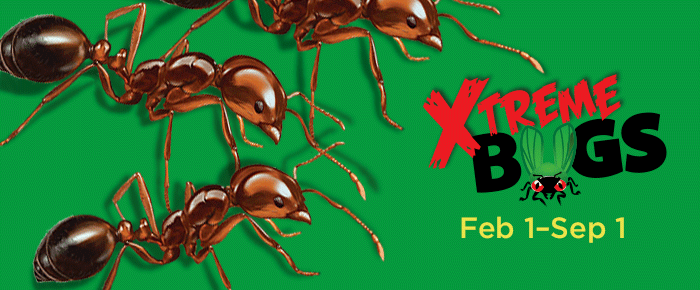
Sometimes, it's fun to add in a bit of arts-and-crafts to your research.
And so when I was asked to contribute to the research component of an upcoming exhibit at the Lawrence Hall of Science, I jumped at the opportunity. Now comes the hard part: how do you turn your research project into a display that is simple enough to be understood by young children, yet comprehensive enough to actually explain your research? How do you make something that is flashy enough to hold a child's attention, while remaining serious enough to let the science shine through?
And why, oh, why, did I decide that taking three precious weeks away from research was a good thing? Because what I made was AWESOME, that's why. (Well, that and the fact that I made a serious underestimation---as I always do---about just how much time my grand ideas actually take!)
The goal of this post is twofold: to encourage graduate student participation in museum displays, and to promote the Lawrence Hall of Science's upcoming exhibit Xtreme BUGS.
Why scientists should team up with public museums.
UC-Berkeley boasts several fantastic museums on campus, though these are used mainly for the purpose that most people forget that museums were originally intended: as collections and resources for scientific research. Not so for The Lawrence Hall of Science; UC-Berkeley's science center that has been purposed to inspire and educate kids, parents, and educators about science. But the Lawrence Hall of Science does more than provide a showcase of science; LHS brings the scientists to the public, providing a direct link between the public and research at UC-Berkeley. And you, too, can be one of those scientists!
In the words of Peter Oboyski, Collection Manager and Senior Museum Scientist at the Essig Museum of Entomology, "Because the Berkeley Natural History Museums are research collections and generally not open to the public, teaming up with the Lawrence Hall of Science gives us a great opportunity to share our research with the public. Also, the staff at LHS have extensive experience in translating our highly technical language into something that people of all ages and backgrounds can appreciate." Dr. Oboyski contributed a great deal of his entomologist expertise in putting together the Xtreme Bug exhibit, opening February 1.
Collaborating with LHS gave me an opportunity to expose the public to my somewhat obscure and often misunderstood research in evolution. It also gave me the opportunity to think about my research in simplified terms. There's nothing like the blunt, unbiased honesty of a kid to point out the obvious questions that are all too often overlooked by the "experts" too deep in the details to notice what lies simply at the surface. "Why this," and, "But what about that?"
[caption id="attachment\\_10474" align="alignright" width="300"][](http://sciencereview.berkeley.edu/wp-content/uploads/2014/01/photo.jpg) The diversity of butterfly and moth wings display features real butterfly and moth specimens.[/caption]
Finally, building a presentation meant for a younger or non-scientist audience is FUN, plain and simple. I learned new skills (like how to design in Adobe Illustrator and how to taxidermy a spider), I learned more about the general background of my research subject, and I had the opportunity to work with scientific dissemination experts and design professionals to manifest my ideas. Sue Guevara, the Visitor Programs Director at LHS, turned a cardboard cutout into a proper activity to demonstrate gene expression studies done by my lab at UC-Berkeley (the Patel Lab) and exhibit developer Allan Ayres helped to turn my work into a beautiful display. My advisor, Nipam Patel, couldn't have been more supportive. Not only did he suggest that I might like to work on this exhibit, he turned my scattered ideas into a proper plan, spent a tremendous amount of time gathering and preparing samples for the display, and otherwise made it happen.
How do you get involved? If you're lucky enough to be a researcher at UC-Berkeley, simply contact the Lawrence Hall of Science. They love to get their UC-Berkeley scientists involved! If you're elsewhere, I would do the same: just ask. You might be surprised just how much you're needed.
The Upcoming Exhibit
[caption id="attachment\\_10471" align="alignleft" width="300"][](http://sciencereview.berkeley.edu/wp-content/uploads/2014/01/Screen-Shot-2014-01-31-at-4.01.16-PM1.png) This giant Atlas Moth is just one of the arthropod animatronics that will be featured at the Lawrence Hall of Science (image soruce)[/caption]
My research display showing arthropod phylogeny and appendage evolution in insects is just one small part of an arthropod exhibit on a grand scale. Interested in seeing larger-than-life spiders, insects, and other arthropods up close and personal? Check out Xtreme Bugs, running from Feb 1 - Sep 1. Opening day is this Saturday, and will include a Research Roundup, which will feature entomologist expert Peter Oboyski and arthropod researchers in evolutionary developmental biology from the Patel Lab.




